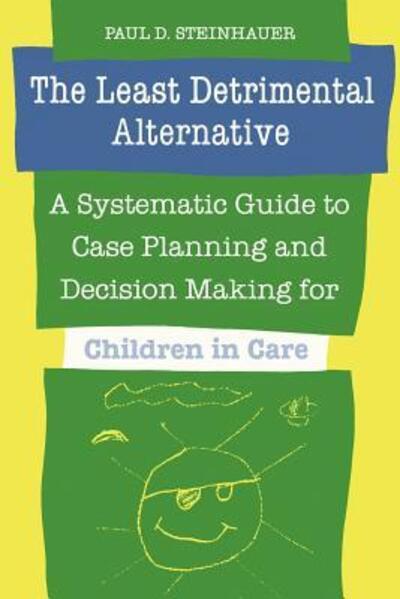
When children are in distress or at risk in their homes, social service agencies may institute a number of measures. The most drastic entails removing such children from their homes and placing them in foster care. But placement often fails. Many children, some with severe and long-standing psychological, social, and educational handicaps, simply leave one unstable environment for another. In many cases, things just get worse. Paul Steinhauer, a child psychiatrist at Toronto's Hospital for Sick Children, argues that foster placement has suffered from a lack of proven or generally acceptable models of intervention. It has further been impeded by decreases in the funding of social services and by ambivalence, on the part of both society and the mental health professions, towards the child welfare system. These factors have combined to produce a high failure rate, decreasing morale, and widespread disillusionment and burn-out in both foster parents and child welfare workers. In this book Steinhauer brings together the fragmented research that has been done in a number of different disciplines. From this body of work he develops a model of intervention based on an understanding of attachment theory, development theory, and the practice of mental health consultation. The model provides a basis for pragmatic decision making and step-by-step guidelines for implementation of many of its components. Steinhauer provides an important tool in the struggle to protect society's most vulnerable population.
| ISBN: | 9780802068361 |
| Publication date: | 27th October 1992 |
| Author: | Paul Steinhauer |
| Publisher: | University of Toronto Press |
| Format: | Paperback |
| Pagination: | 448 pages |
| Series: | Heritage |
| Genres: |
Age groups: children Social work Child, developmental and lifespan psychology |